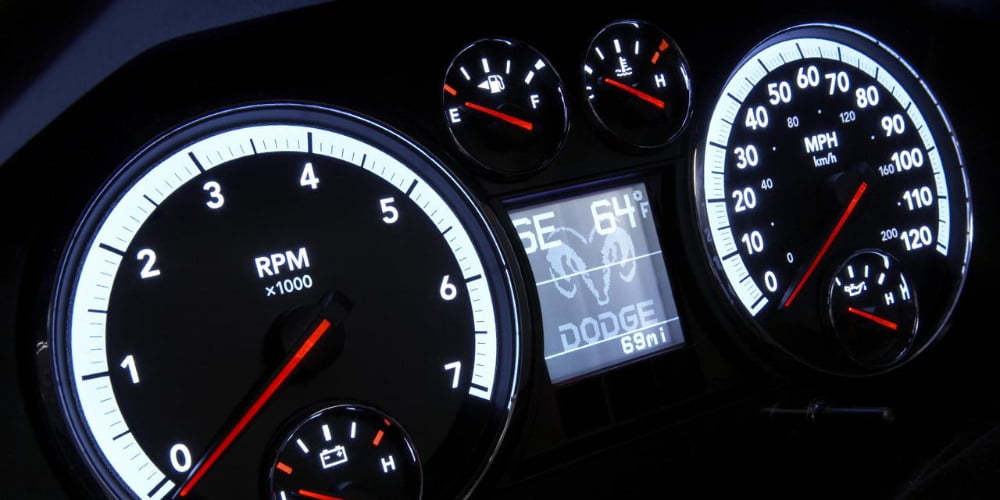2007 Dodge Challenger Check Engine Light Why Is It Blinks?

The 2007 Dodge Challenger check engine light is an indicator that there is something wrong with the engine. It can be difficult to pinpoint what exactly is wrong, however, as there are a number of different reasons why the light may come on. The check engine light may blink or stay on if there is a problem with your car’s emissions system. If the light blinks, this indicates that there is a problem with your vehicle’s emission control system and you need to visit an auto repair shop immediately.
The check engine light may also blink if there is a problem with your car’s oxygen sensor. The oxygen sensor is an important part of your vehicle’s emissions system, as it helps to monitor the amount of unburned fuel in the exhaust. If there is too much unburned fuel in your exhaust, then this means that you are polluting more than normal and will likely need to pay a fine when you get pulled over by law enforcement.

2007 Dodge Challenger Check Engine Light Can Come on Because of Accelerating?
The 2007 Dodge Challenger check engine light can come on because of accelerating. The reason for this is that when you accelerate hard, the engine is under more stress than normal. If there is a problem with your vehicle and it causes damage to any of its parts, then this stress could cause these parts to fail. If you are taking off from a stop or trying to pass someone on the highway, then this could cause your vehicle’s emissions control system to malfunction and trigger the check engine light.
The 2007 Dodge Challenger check engine light can come on because of accelerating, but it will not stay on. This means that if the check engine light comes on while you are accelerating, then this is likely an issue with your car’s emissions control system and you should visit an auto repair shop immediately.

What Are 2007 Dodge Challenger Check Engine Light Codes?
2007 Dodge Challenger check engine light code “P0420” is the code which comes on when the manufacturer-installed catalytic converter in your car, truck or SUV has an oxygen sensor that is not working correctly. Symptoms of this problem include long engine cranking times, rough idle, decreased fuel economy and difficulty accelerating, especially when hot.
The other common 2007 Dodge Challenger check engine light codes are:
- P0421 – Heated Catalyst Efficiency Below Threshold (Bank 1)
- P0422 – Heated Catalyst Efficiency Below Threshold (Bank 2)
- P0430: The manufacturer-installed oxygen sensor for your car, truck or SUV has failed and needs to be replaced.
- P0431: A problem with the catalytic converter’s internal temperature sensor has been detected. This may cause a delay in the engine starting up due to a rich fuel mixture while cold.
- P0410: This code means that there is a problem with your car’s oxygen sensor or relay.
- P0411: This code means that there is an issue with the signal circuit to the oxygen sensor.



